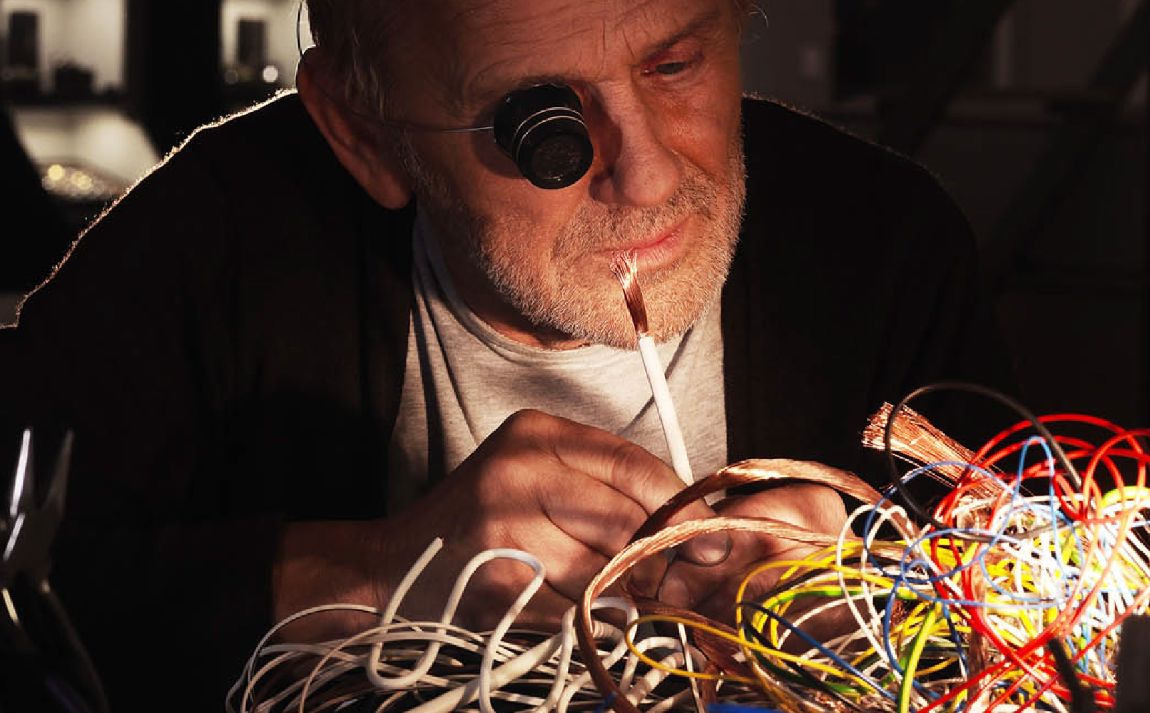Company
Nexans leads the way in sustainable PVC cable recycling
Aug 19, 2024
Related document
At Nexans, sustainability is more than just a commitment—it is a driving force behind our innovation. As part of our ongoing efforts to mitigate the environmental impact of PVC cables and their disposal at end of life, we have introduced several initiatives designed to minimise waste and promote recycling:
- investment in PVC and Copper separation technology,
- recycling and zero-landfill commitment actions,
- strategy for damaged cable recovery, and
- ongoing collaboration of sustainable solutions.
Related document
PVC & copper separation technology
Recognising the urgent need to reduce landfill waste, Nexans has made significant investments in cutting-edge technology that efficiently separates PVC from copper in scrap cables. This investment underscores our dedication to managing waste in a more sustainable manner, ensuring that valuable materials are processed responsibly and recycled effectively.
Separation technology utilises a specialised vibration mechanism that effectively isolates the copper content from the surrounding PVC. Through precise, controlled vibrations, the denser copper particles are detached from the PVC, allowing for the individual collection and recycling of both materials.
.jpg/jcr:content/Capa_Nexans_Melbourne_12344%20(1).jpg)
Recycling services and commitment to zero-landfill
Working towards our commitment to recycling and zero landfill we have partnered with InfraBuild, a certified recycling partner, to ensure that 100% of the reclaimed PVC is recycled, in alignment with our zero-landfill policy. This collaboration is a key component of our strategy to foster a circular economy, where materials are repurposed and given new life rather than contributing to landfill waste.
Damaged cable recovery
Our commitment to sustainability was demonstrated through our response to Queensland's flood recovery project. Following the devastating floods in Queensland, Nexans initiated a specialised project to recycle damaged cables from the affected areas. By leveraging our advanced PVC and copper separation technology, we efficiently processed these cables, while InfraBuild managed the subsequent recycling and reuse of the PVC. This initiative not only exemplified our dedication to environmental stewardship but also showcased our ability to provide sustainable solutions in challenging situations.
Nexans is at the forefront of efforts to reduce and ultimately eliminate waste sent to landfill, pioneering sustainability through collaboration. Our investment in innovative technologies, such as the PVC and copper separation system, is just one example of how we are leading this charge. The Queensland flood recovery project underscored the importance of working with our partners and end users to promote recycling initiatives. By spearheading the separation process, Nexans added significant value to our partners and ensured that PVC materials were managed responsibly and diverted from landfill.
.jpg/jcr:content/Untitled%20design%20(29).jpg)
Related document
A sustainable strategy with impact
Through our ongoing partnership with InfraBuild, we continue to enhance the value chain while reinforcing our commitment to sustainable practices across the industry. Our investments in technology and collaborative efforts are not only reducing our environmental impact but also helping to educate consumers about the importance of responsible end-of-life management for PVC cables.
Anyone could be an integral part of our journey and help us to minimise waste, protect the environment, and promote the principles of return, reuse, and recycle. This policy and procedure is outlined on our website under NQP101 End of Life Cable Management. We are fully committed to driving change towards the sustainable electrification of the world by integrating core beliefs and practices that have lasting benefits for our four key priorities: people, partners, products, and our planet.
Related documents
Our websites
Select your country to find our products and solutions
-
Africa
- Africa
- Ghana
- Ivory Coast
- Morocco
- North West Africa
- Americas
- Asia
- Europe
- Oceania